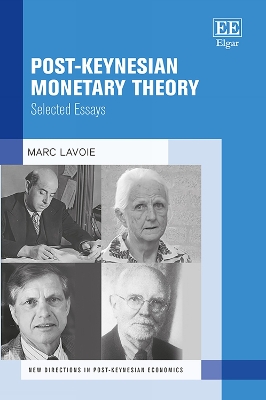New Directions in Post-Keynesian Economics
2 total works
Readers will find analyses of the earlier advocates of endogenous money such as Nicholas Kaldor and Jacques Le Bourva. They will discover how the arguments in support of the post-Keynesian theory of endogenous money and the credit view of banking have evolved through this 35-year period, and how they have been related to the new procedures pursued by central banks. All these essays show the relevance of the realistic post-Keynesian monetary theory in understanding the subprime and euro crises, quantitative easing and the distributional role of interest rates.
Within these pages Marc Lavoie provides an overview of what has happened in post-Keynesian monetary economics over the last three and a half decades for students and scholars with interest in monetary economics, the horizontalist-structuralist debates and the recent history of economic thought.
The collection includes a number of papers showing Lavoie's evolving approach to neo-Kaleckian models of growth and distribution, incorporating hysteresis, overhead labour, monetary issues, price inflation, as well as various sources of autonomous non-capacity creating expenditures. It shows how all of these interact with alternative Marxian or Sraffian approaches as well.
A section of the book is also devoted to two-sector models, in particular the issue of the traverse from one equilibrium to another, extending the Kaleckian model but also providing insights into the works of Hicks and Pasinetti.
Both professors and graduate students will benefit from the decades of experience and wisdom amassed and presented in Post-Keynesian Growth Theory.

